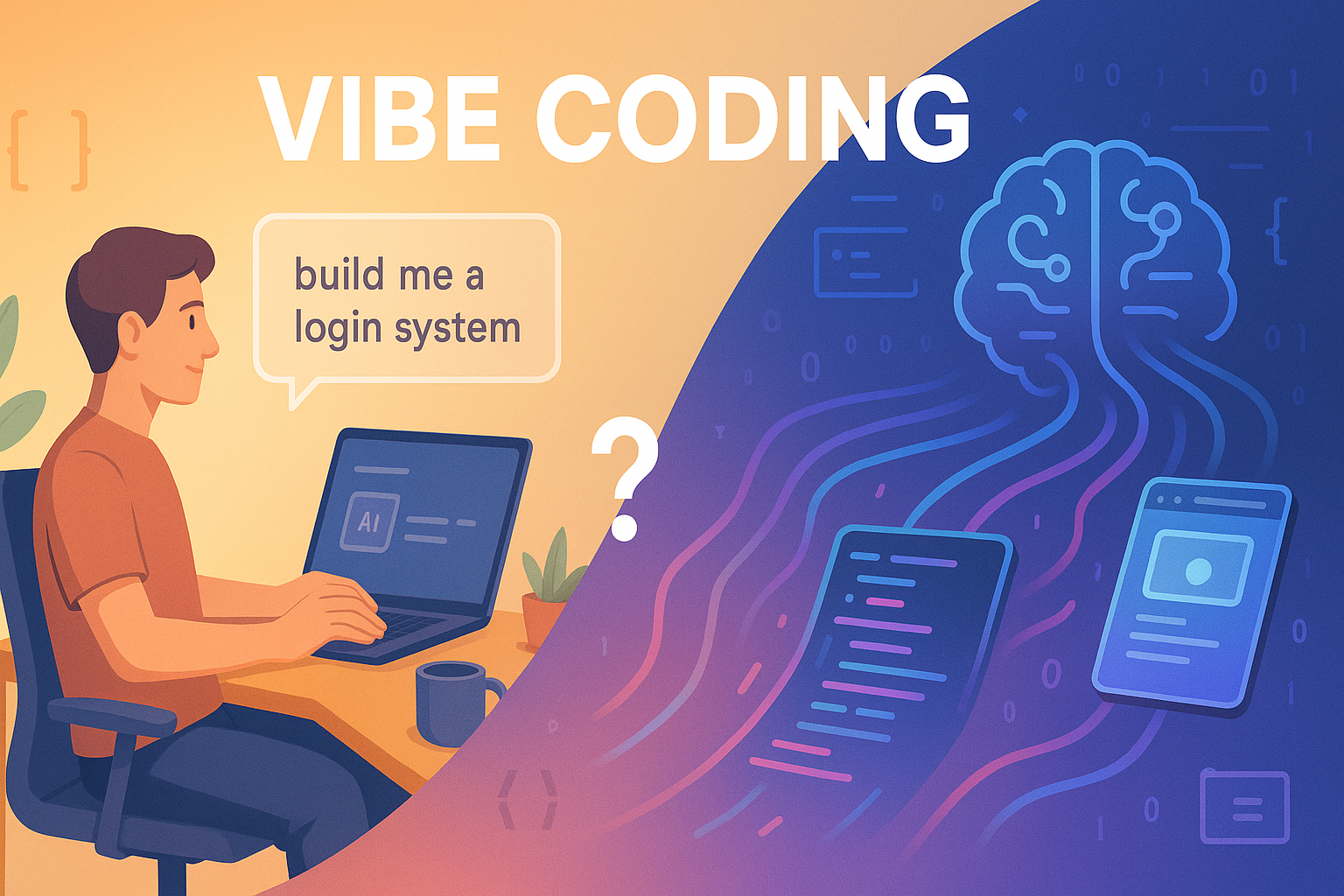Unlocking the Power of Event-Driven Architectures in Cloud Technologies

Introduction
In today’s fast-paced digital world, businesses need to respond to events and changes quickly. This is where event-driven architectures (EDA) on cloud technologies come into play. EDAs allow systems to react to events in real-time, making them highly efficient and scalable. In this blog post, we’ll explore what event-driven architectures are, how they work on cloud platforms, the benefits they bring to modern applications, and their advantages and disadvantages.
What is an Event-Driven Architecture?
Event-driven architecture is a design pattern in which the flow of the program is determined by events such as user actions, sensor outputs, or messages from other programs. When an event occurs, the system reacts by triggering specific actions or services.
Key Components of Event-Driven Architectures
- Event Producers: These are the sources that generate events. For example, a user clicking a button on a website or a sensor detecting a temperature change.
- Event Consumers: These are services or applications that react to the events. They perform actions based on the events received.
- Event Channels: These are the pathways through which events are transmitted from producers to consumers. They ensure the events are delivered reliably and in order.

How Event-Driven Architectures Work on Cloud
Cloud platforms like AWS, Azure, and Google Cloud provide various services to build and manage event-driven architectures. Here’s a simple workflow:
- Event Generation: An event is generated by an event producer.
- Event Detection: The event is detected and sent to an event channel, such as a message queue or an event bus.
- Event Processing: Event consumers pick up the event and process it. This could involve updating a database, sending a notification, or triggering another service.
Benefits of Event-Driven Architectures
- Scalability: Easily handle varying loads by scaling resources up or down based on demand.
- Real-Time Processing: React to events as they happen, providing timely responses and actions.
- Decoupling: Producers and consumers are independent, making the system more flexible and easier to maintain.
- Cost-Efficiency: Only pay for resources when they are in use, reducing overall costs.

Use Cases
- E-commerce: Automatically update inventory and notify users of new products.
- IoT: Process data from sensors and trigger actions like turning on lights or adjusting thermostats.
- Financial Services: Monitor transactions in real-time to detect and prevent fraud.

Advantages of Event-Driven Architectures
- Improved Responsiveness: Systems can respond to events as they happen, enhancing user experience and operational efficiency.
- Enhanced Flexibility: Components can be independently developed, deployed, and scaled, allowing for greater agility.
- Increased Resilience: Decoupling components means that failures in one part of the system do not necessarily affect others.
- Better Resource Utilization: Systems only use resources when needed, leading to cost savings and efficient resource management.
Disadvantages of Event-Driven Architectures
- Complexity: Managing and orchestrating multiple event producers and consumers can be challenging.
- Debugging and Monitoring: Tracing the flow of events through the system can be difficult, making debugging and monitoring more complex.
- Latency Issues: While events can be processed in real-time, there can be delays depending on the event channel and processing mechanisms used.
- Dependency Management: Ensuring all components are properly synchronized and dependencies are managed can require significant effort.
Graphical Representation
Example Diagram: Event-Driven Architecture Workflow on Cloud
- User Action/Event Producer: A user adds an item to the cart on an e-commerce website.
- Event Detection: The action generates an event that is sent to an event channel like AWS SNS.
- Event Processing: The event is consumed by various services:
- Inventory Service updates stock levels.
- Notification Service sends a confirmation email to the user.
- Analytics Service records the action for future analysis.



Example Chart: Benefits of Event-Driven Architectures
- Scalability: 90%
- Real-Time Processing: 85%
- Decoupling: 80%
- Cost-Efficiency: 75%
Conclusion
Event-driven architectures on cloud technologies provide a robust, scalable, and efficient way to handle real-time events and actions. They offer numerous benefits, from real-time processing to cost savings, making them a valuable approach for modern applications. However, they also come with challenges like complexity and latency issues. By leveraging cloud services, businesses can build responsive and flexible systems that meet the demands of today’s dynamic environment.

The controversial programming trend that’s dividing Silicon Valley and reshaping how we think about software development Vibe coding represents a paradigm shift in software development, where traditional planning gives way to intuitive, AI-driven programming. This vibe coding approach has sparked intense debate in the developer community, with proponents claiming unprecedented productivity gains while critics warn of mounting technical debt and security vulnerabilities. Vibe Code What is Vibe Coding? The Andrej Karpathy Origin Story Vibe coding burst into the mainstream when Andrej Karpathy, former Tesla AI Director and OpenAI researcher, casually tweeted about building a Chrome extension in 30 minutes using nothing…Read More
Discover how autonomous AI agents like Devin AI and AutoGPT are revolutionizing workflows across industries. From coding to marketing, they’re quietly becoming the digital workforce of the future. What Are AI Agents? AI agents are autonomous digital systems powered by large language models (LLMs) like GPT-4, Claude, or Gemini. Unlike traditional bots or rule-based systems, these agents can understand complex instructions, plan multi-step tasks, and execute actions without continuous human oversight. They don’t just respond — they think, act, and adapt. Example: You don’t tell an AI agent, “Send an email at 3 PM.” Instead, you say: “Notify the team…

